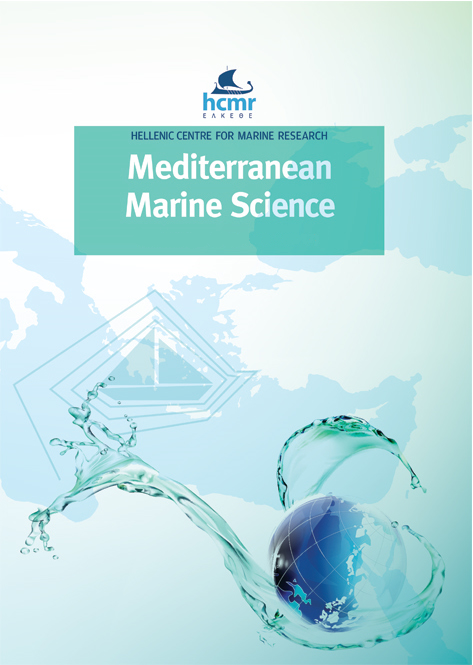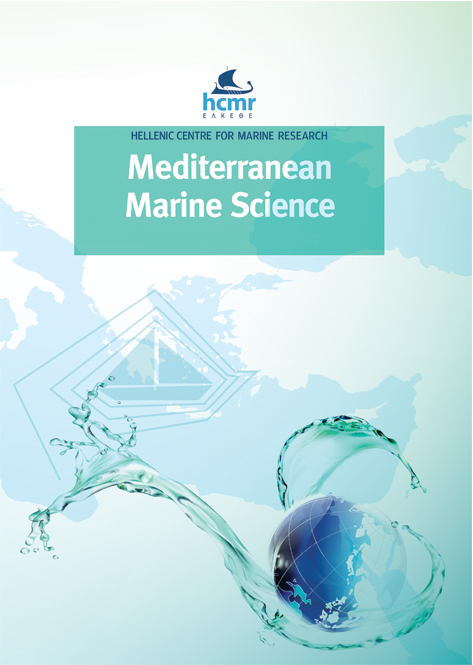First application of environmental eDNA for detecting the presence of the European eel [Anguilla anguilla, (Linnaeus, 1758)] in the Adriatic, as a basis for conservation remarks

Abstract
Anguilla anguilla, the European eel, is an important species for aquaculture and fisheries. Its population has dropped dramatically in recent decades, reaching an all-time low. As a result, it has been listed as critically endangered on the IUCN Red List of Endangered Species since 2007. Therefore, constant population monitoring is essential to ensure the survival of this iconic species. Glass eel recruitment is declining worldwide, including the populations in the Mediterranean region. Despite the negative impact of man-made activities in Mediterranean coastal waters over the past few decades, data on spawning biomass escaping from the Mediterranean highlights the region’s importance for the global eel supply. Eel research and monitoring is done using conventional techniques, which have certain drawbacks. Therefore, the use of molecular-based detection as a credible choice for monitoring species in aquatic ecosystems was recently shown to be an effective management plan alternative. We present the first use of environmental DNA for monitoring eel populations in the Adriatic Sea and in the complex Dinaric karst freshwater ecosystem. The method has been demonstrated to be accurate and useful for detecting the presence of A. anguilla eDNA and identifying conservation areas. This is also the first study investigating the range and presence of the European eel in the Adriatic and in the Mediterranean Sea, as well as in underground karst systems, springs, and in the karst poljes of the Eastern Adriatic coast.
Article Details
- How to Cite
-
VUCIĆ, M., JELIĆ, D., KLOBUČAR, G., PAVLINEC, ŽELJKO, GHRIB, F. L., JARAK, M., BAUDRY, T., & GALOV, A. (2023). First application of environmental eDNA for detecting the presence of the European eel [Anguilla anguilla, (Linnaeus, 1758)] in the Adriatic, as a basis for conservation remarks. Mediterranean Marine Science, 24(2), 364–376. https://doi.org/10.12681/mms.31829
- Section
- Research Article
Authors who publish with this journal agree to the following terms:
- Authors retain copyright and grant the journal right of first publication with the work simultaneously licensed under a Creative Commons Attribution Non-Commercial License that allows others to share the work with an acknowledgement of the work's authorship and initial publication in this journal.
- Authors are able to enter into separate, additional contractual arrangements for the non-exclusive distribution of the journal's published version of the work (e.g. post it to an institutional repository or publish it in a book), with an acknowledgement of its initial publication in this journal.
- Authors are permitted and encouraged to post their work online (preferably in institutional repositories or on their website) prior to and during the submission process, as it can lead to productive exchanges, as well as earlier and greater citation of published work (See The Effect of Open Access).






